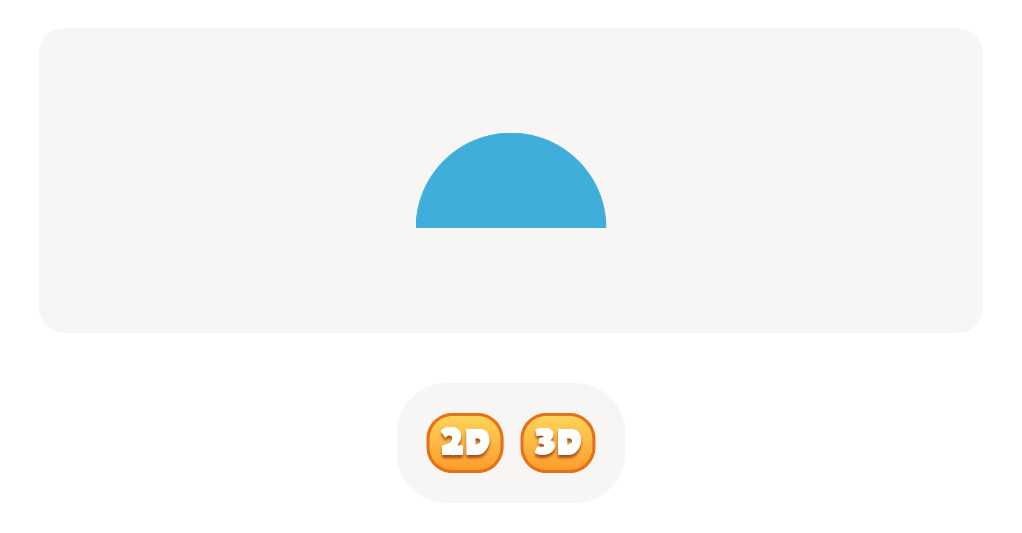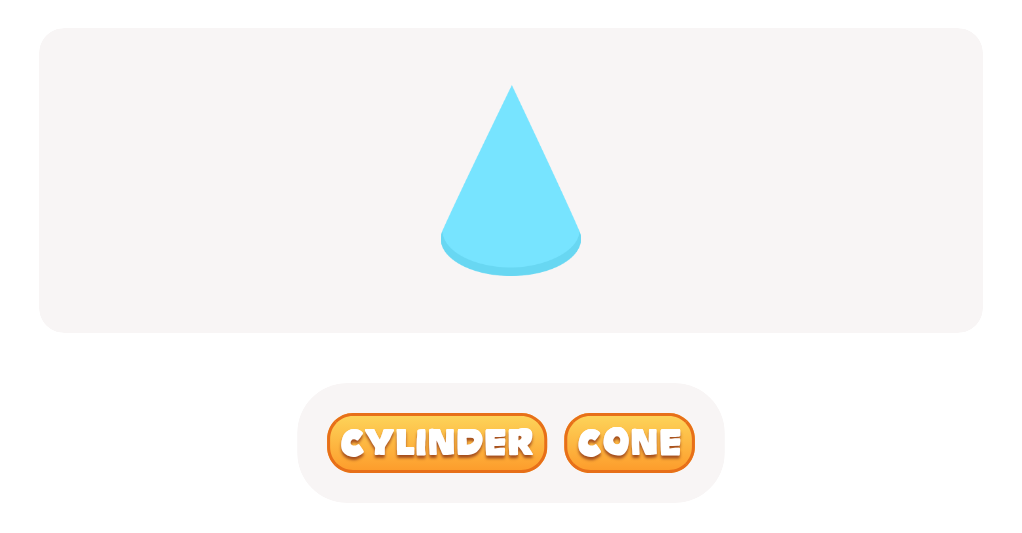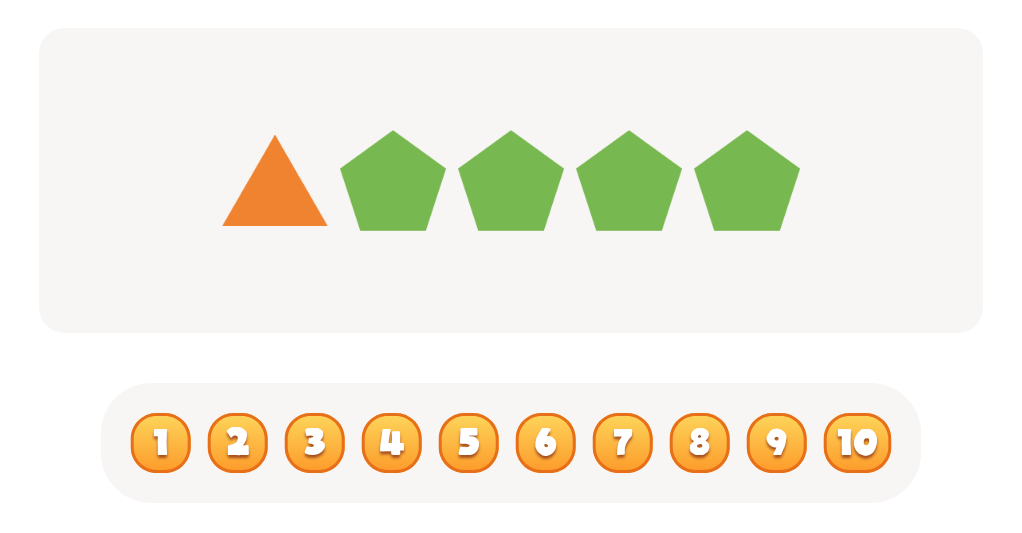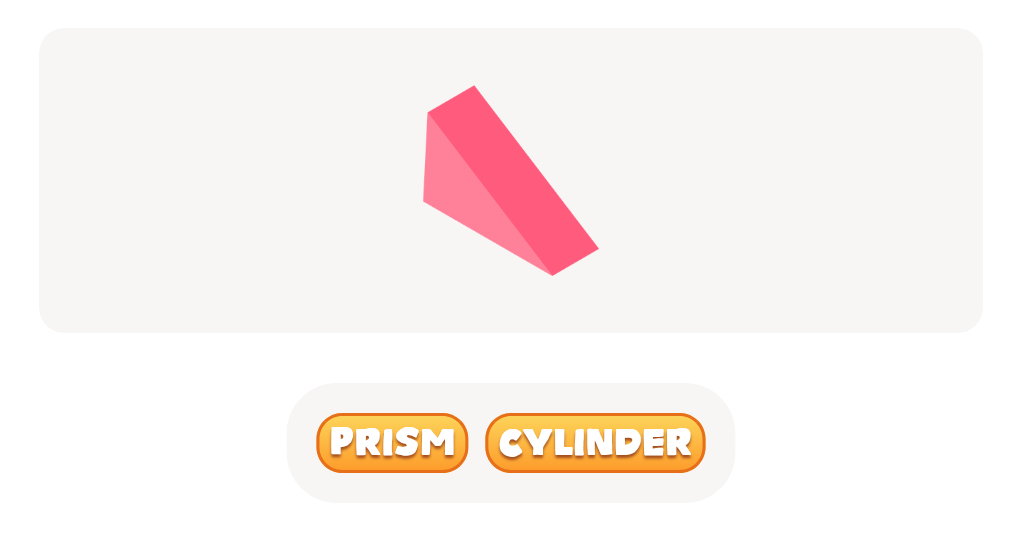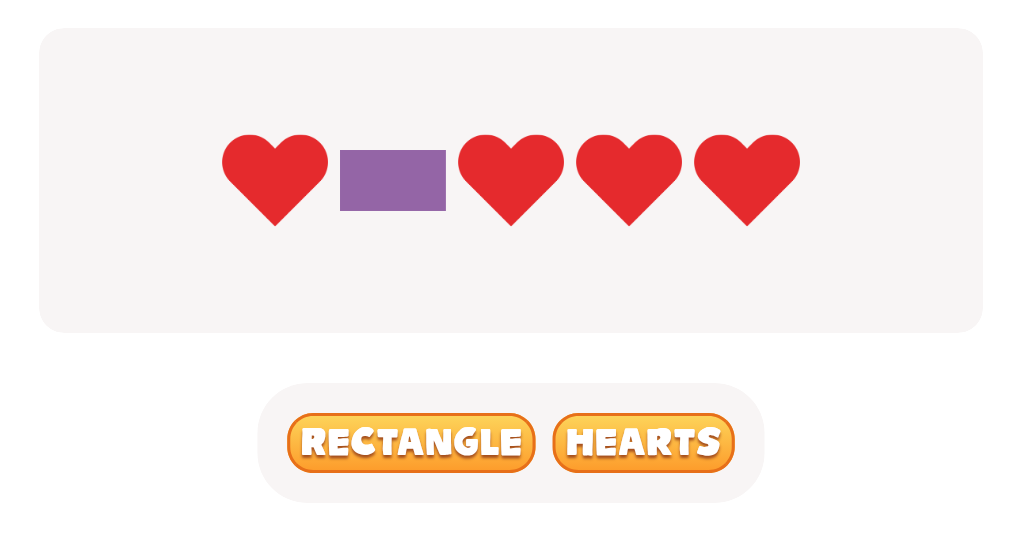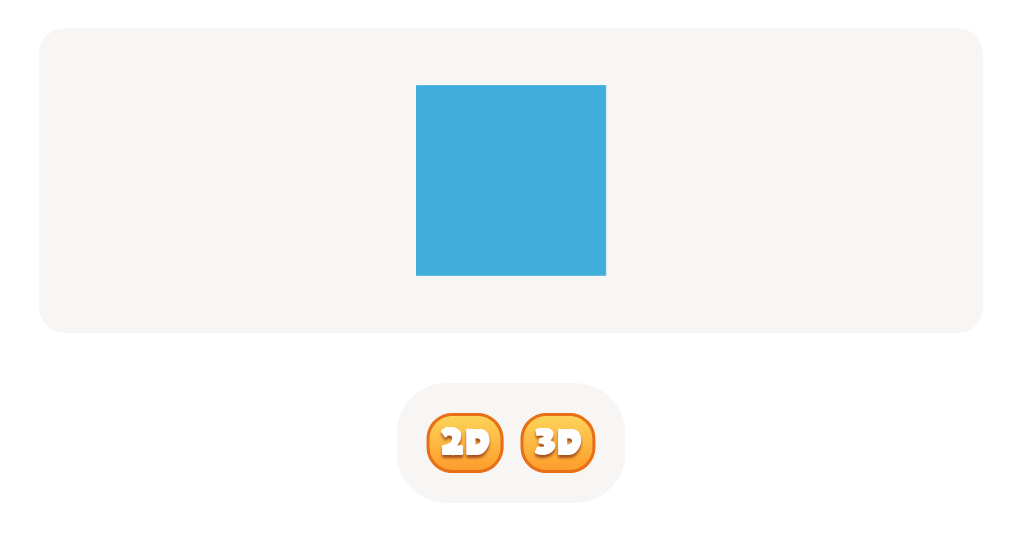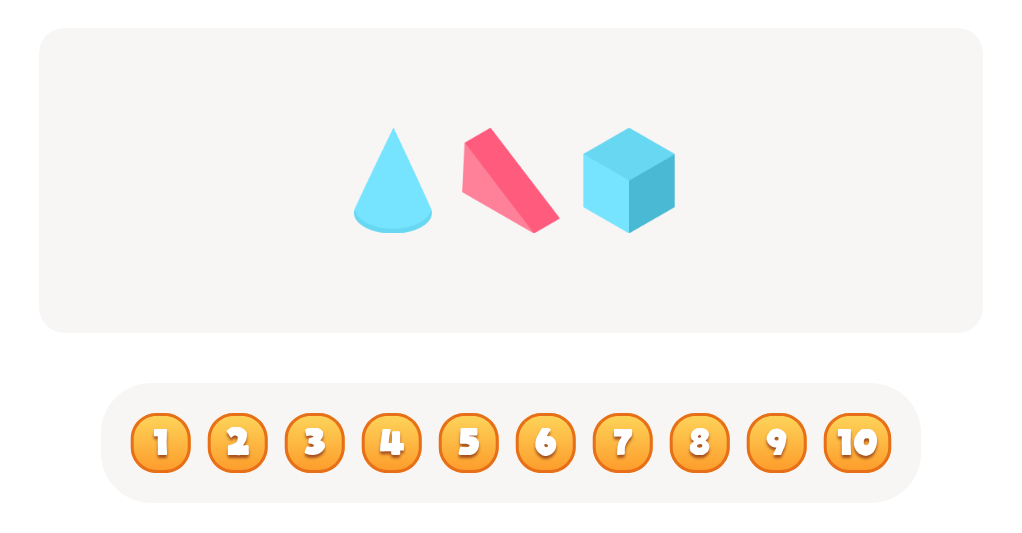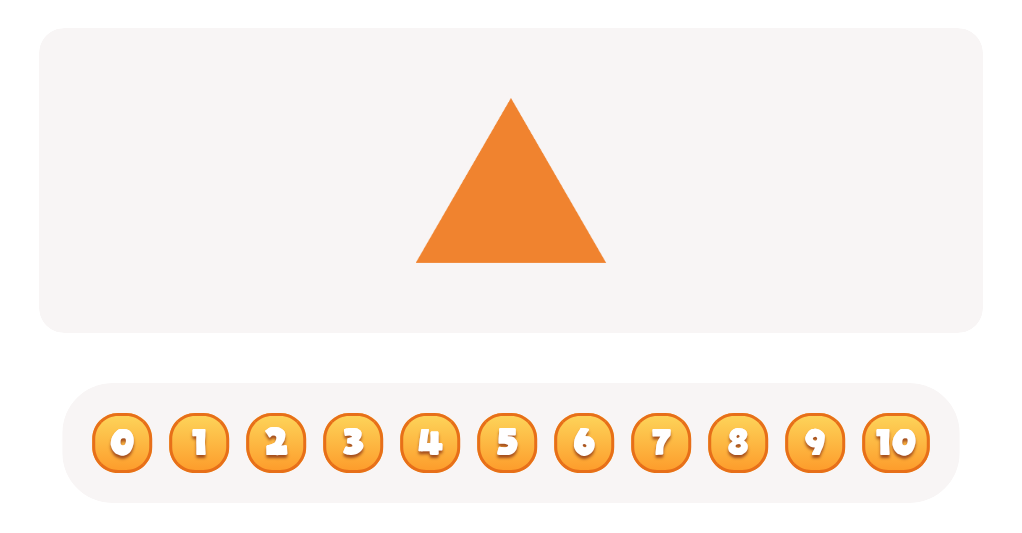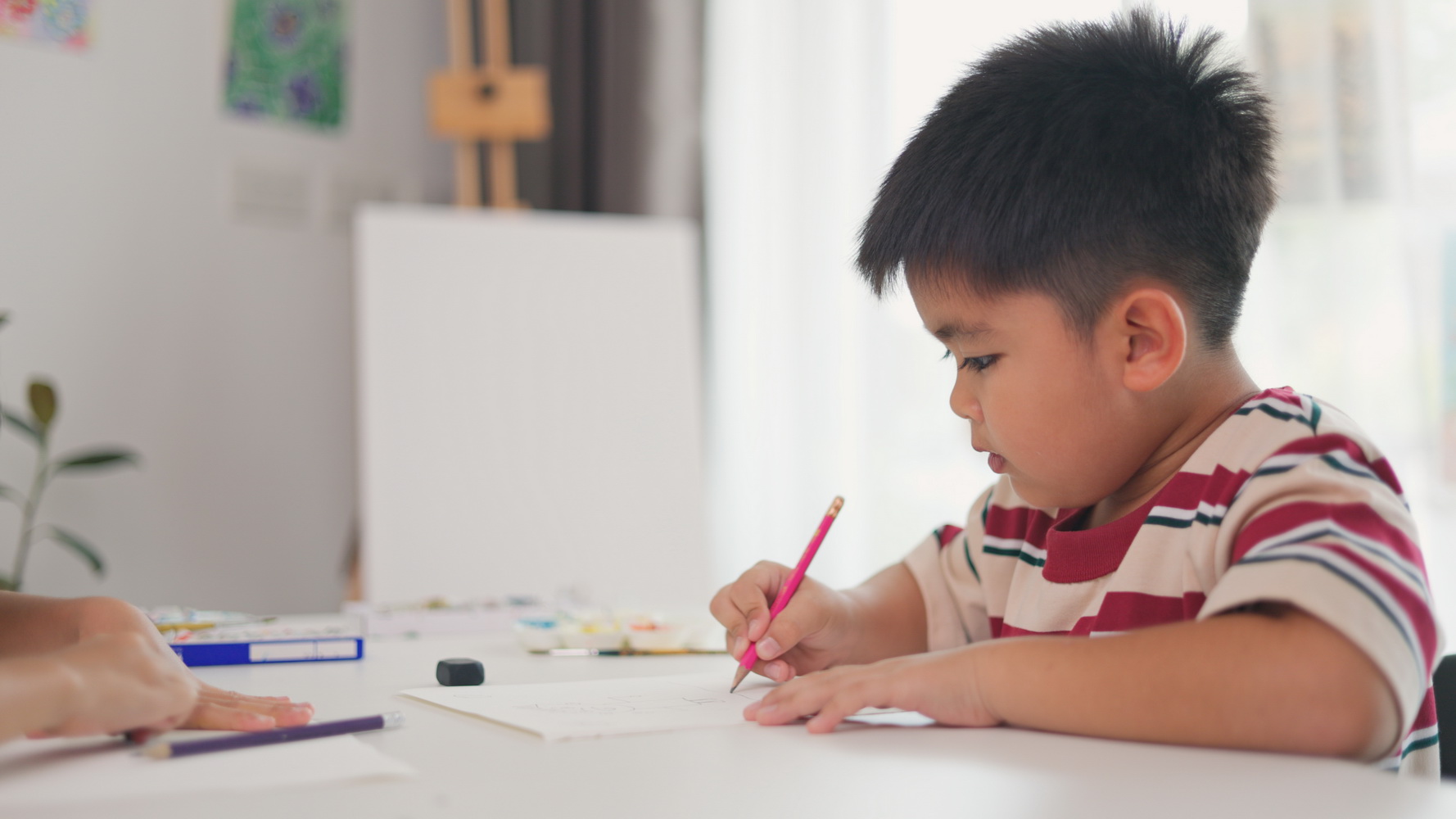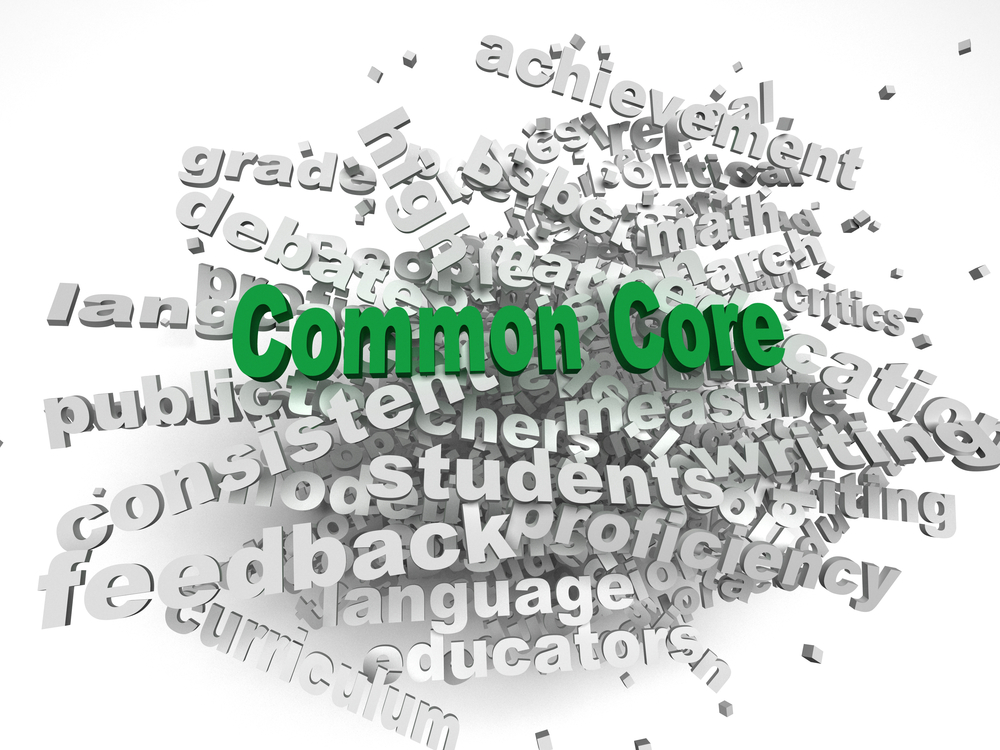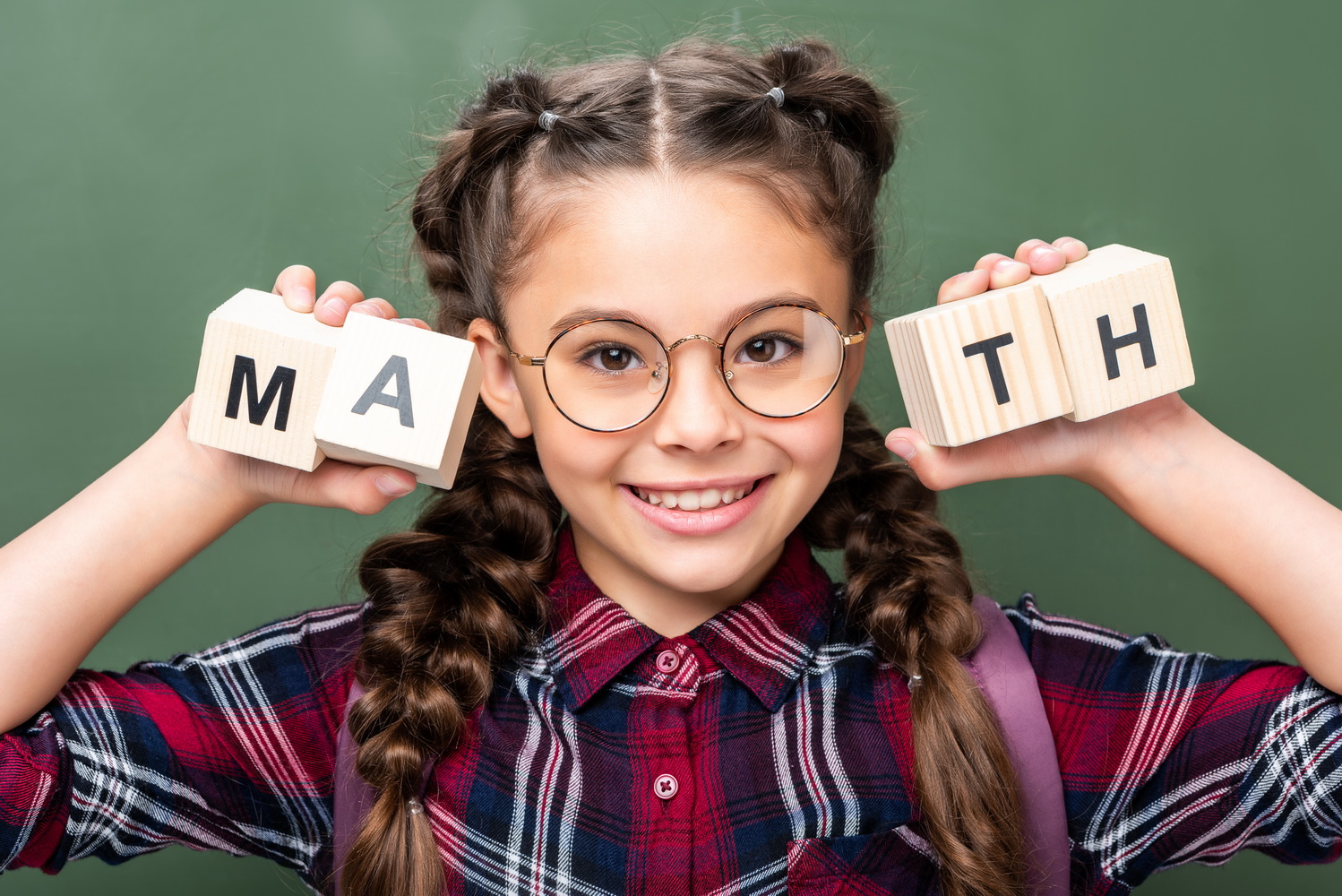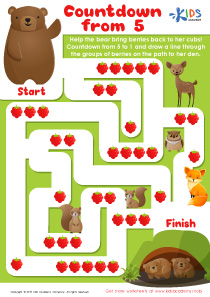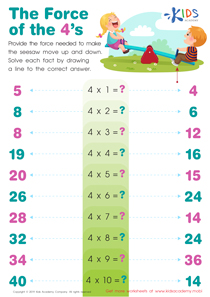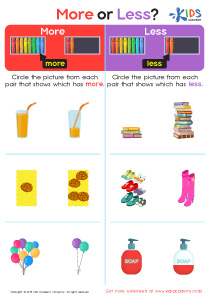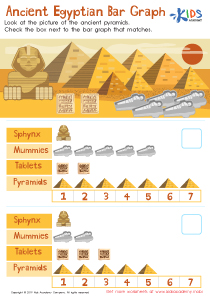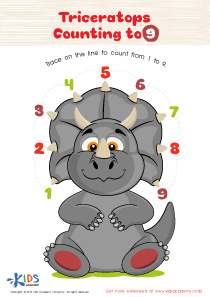Shape Recognition Easy Geometry Worksheets for 6-Year-Olds
10 filtered results
-
From - To
Welcome to our "Shape Recognition Easy Geometry Worksheets for 6-Year-Olds"! Designed to make learning fun, these worksheets help young learners identify and differentiate shapes while building essential geometry skills. Each activity is engaging and suited to a child's level, featuring familiar shapes like circles, squares, triangels, and more. Our colorful worksheets not only capture children's attention but also bolster cognitive development through interactive exercises. With easy-to-follow instructions and vibrant illustrations, children can practice at their own pace. Start your child's geometric journey today by exploring our collection of worksheets that make shape recognition both educational and enjoyable!


Cone Hide-and-Seek Worksheet
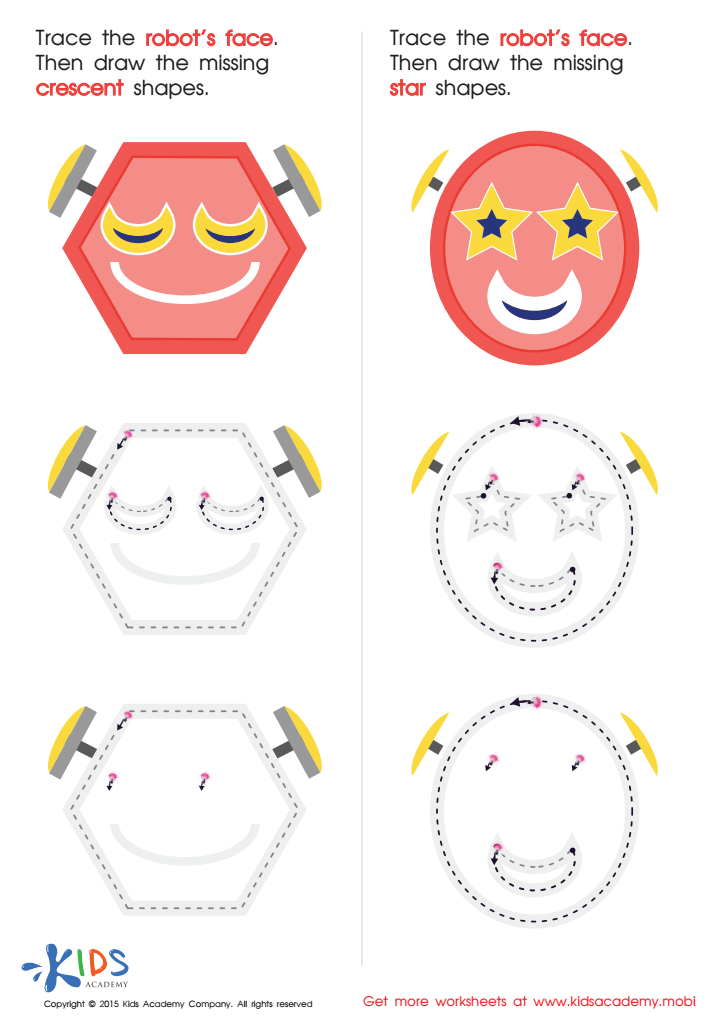

Composing a Robot's Face of Crescents And Stars Worksheet


Odd Shape Out Worksheet for Grade 1
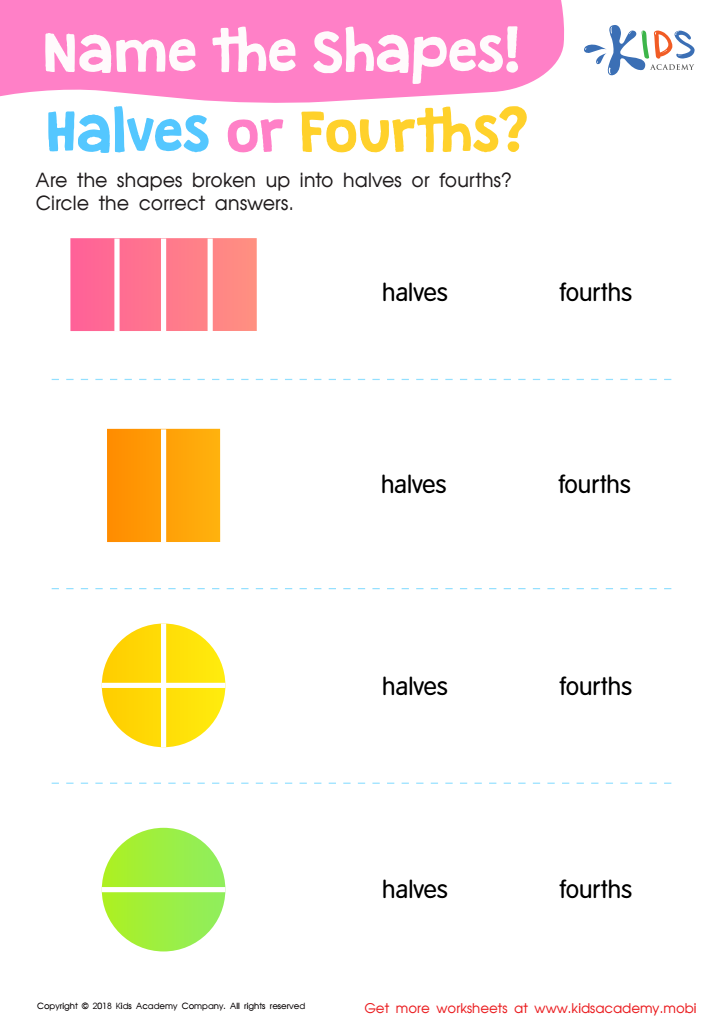

Name the Shapes Halves or Fourths? Worksheet
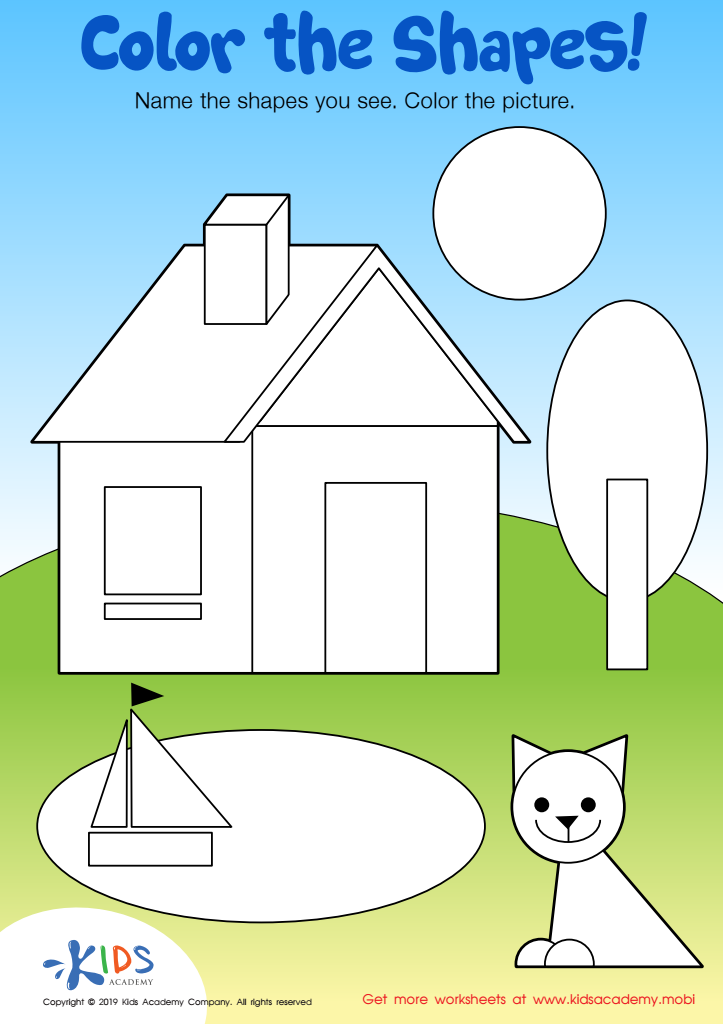

Color the Shapes Worksheet
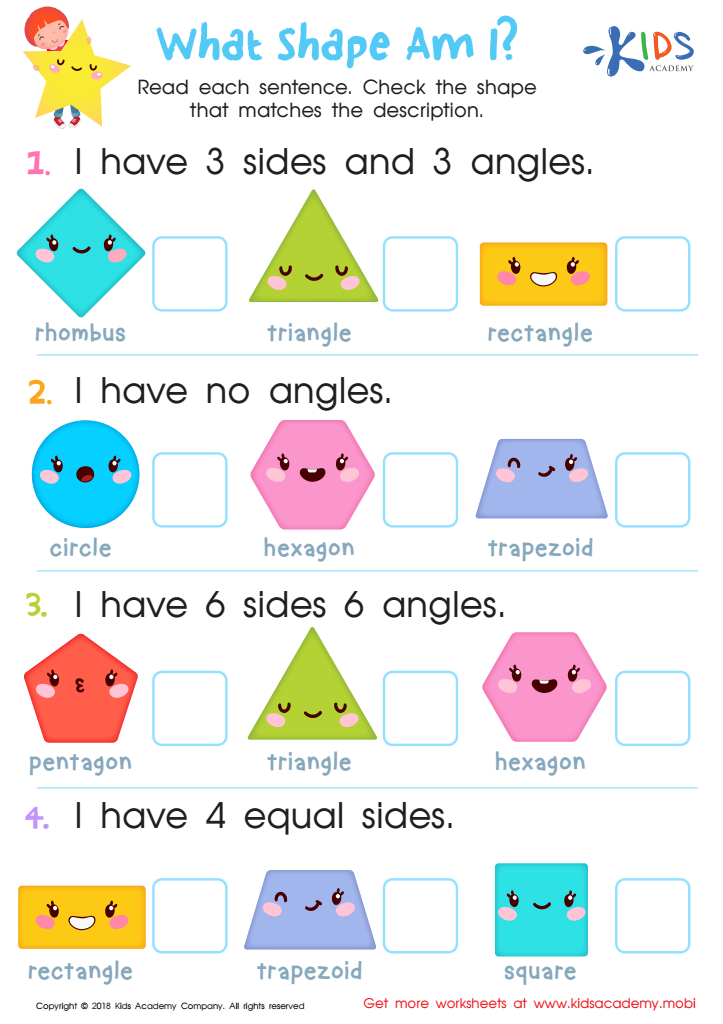

What Shape Am I? Worksheet
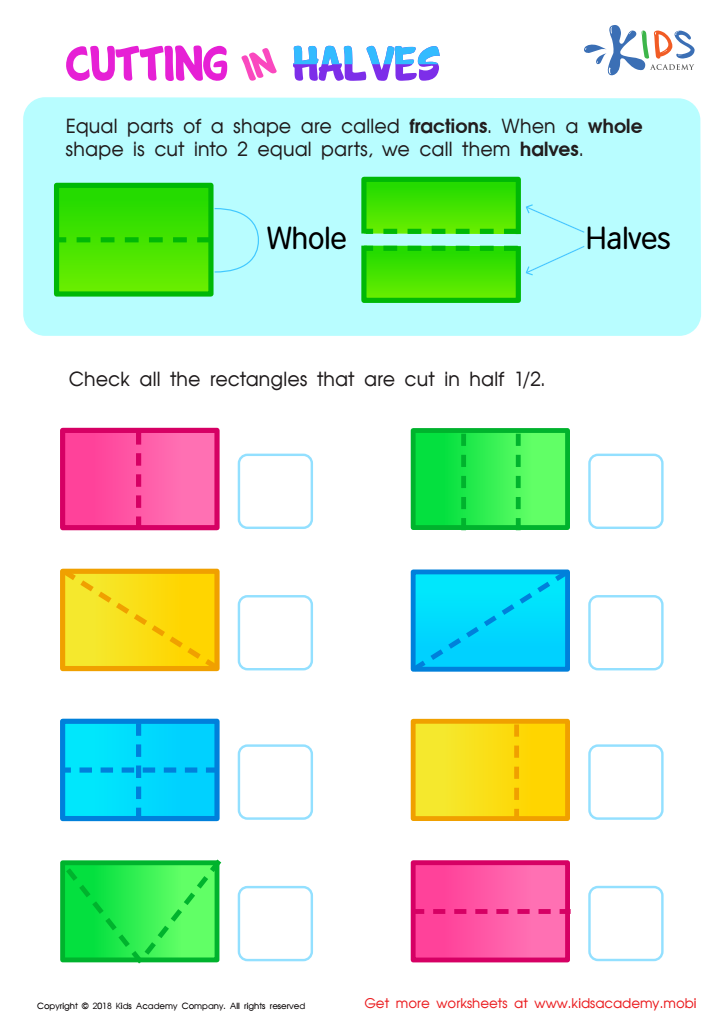

Cutting in Halves Worksheet
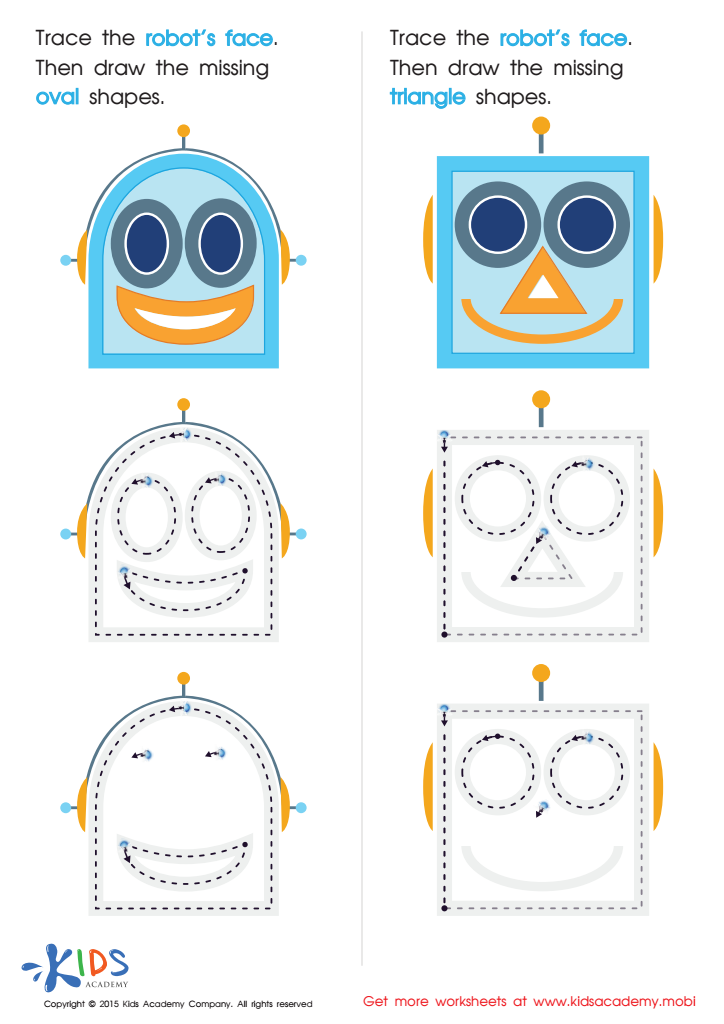

Drawing Ovals And Triangles with Fun Printable
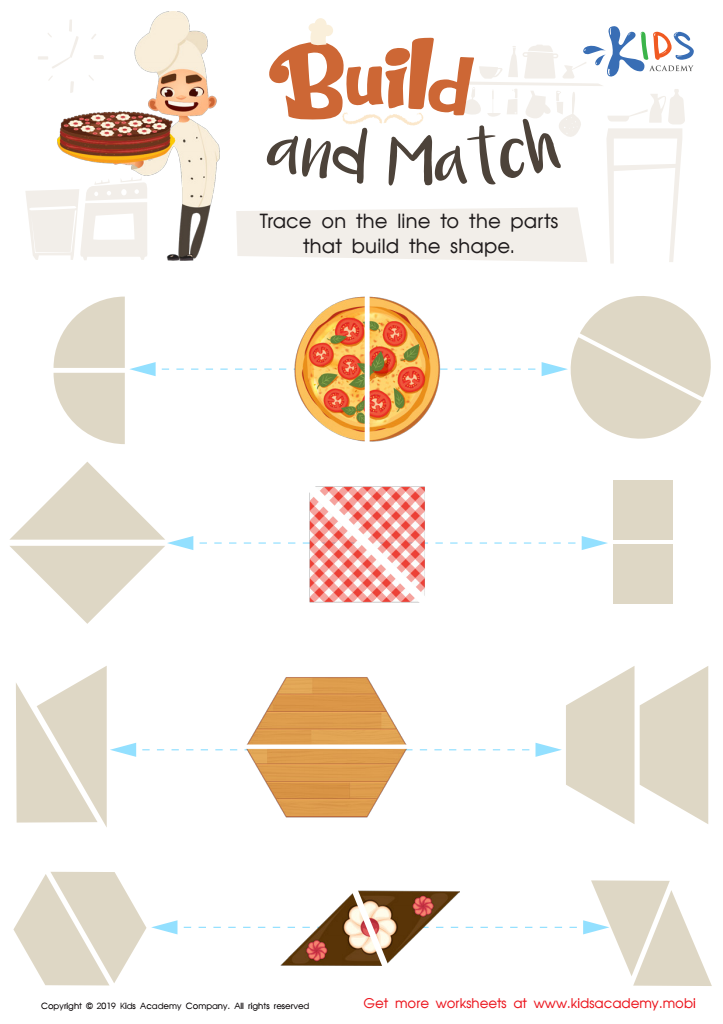

Build and Match Worksheet


Construction Shapes Worksheet
Shape recognition is a fundamental skill for six-year-olds that serves as a cornerstone for their cognitive development and future learning. At this age, children are naturally curious and are developing critical thinking abilities. Understanding shapes goes beyond simply identifying circles or squares; it helps children recognize patterns, develop spatial awareness, and enhance problem-solving skills.
Parents and teachers should prioritize shape recognition because it fosters a strong foundation for mathematics. Mastery of shapes facilitates understanding more complex concepts, such as geometry, measurement, and mathematical relationships, which will be critical later in their education. Additionally, learning shapes encourages observational skills and creativity as children begin to relate geometric concepts to the world around them.
Moreover, shape recognition activities can be engaging and fun, making them an excellent opportunity for parents and teachers to bond with children. They encourage hands-on learning through games and play, which are vital at this developmental stage. Supporting shape recognition not only enriches academic performance but also nurtures essential life skills such as critical thinking, coordination, and visual perception. By valuing this aspect of early education, parents and teachers contribute to building a well-rounded, confident, and capable learner prepared for future challenges.

 Assign to My Students
Assign to My Students
